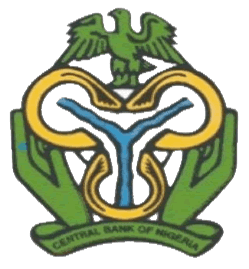Monetary Policy
MPC Mandate of the CBN | Fiscal Policy | Committees | Calendar of Meetings | Educational | FAQ's | Policy Decisions | Policy Communiques | Intl. Economic Cooperations | Monetary Policy Review | Policy Measures | Understanding Monetary Policy Series | Monetary, Credit, Foreign Trade and Exchange policy Guidelines | Monetary Policy Committee Reforms | AfCFTA
The Conduct of Monetary Policy
The Performance of Monetary Policy In 1995
The stance of monetary policy in 1995 continued to be tight, so as to
complement a disciplined fiscal policy in order to achieve moderation in
inflationary pressures and ensure exchange rate stability.
By the end of the year, the results showed that while there was improvement in the macroeconomic environment especially the stability of the naira exchange rate, inflationary pressures and the disequilibrium in the external sector persisted. Broad money stock (M2) rose by 10.3 percent as against the 10.1 percent target and narrow money (M1) rose by 8.1 percent, a level below the target increase of 9.4 percent. Bank credit to the economy rose by 36.2 percent, surpassing the target by 24.9 percent and credit to government increased by 18.4 percent as against the 5.6 percent target. Bank credit to private sector also increased by 69.6 percent as against the 21.9 percent target.

 Flickr
Flickr Instagram
Instagram LinkedIn
LinkedIn